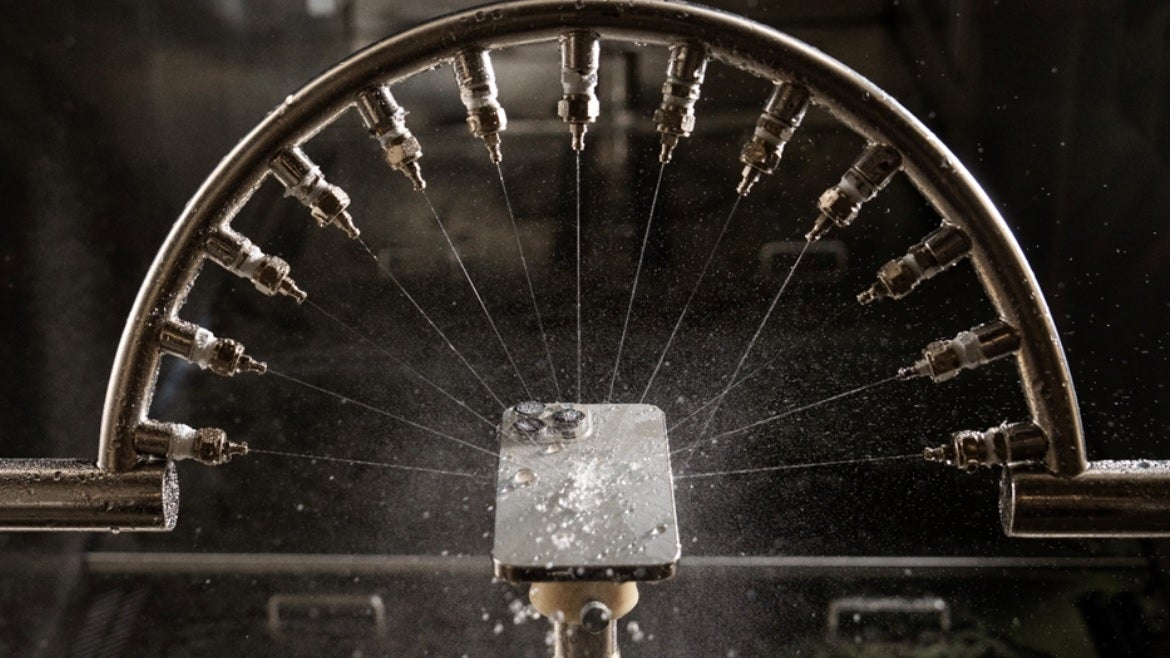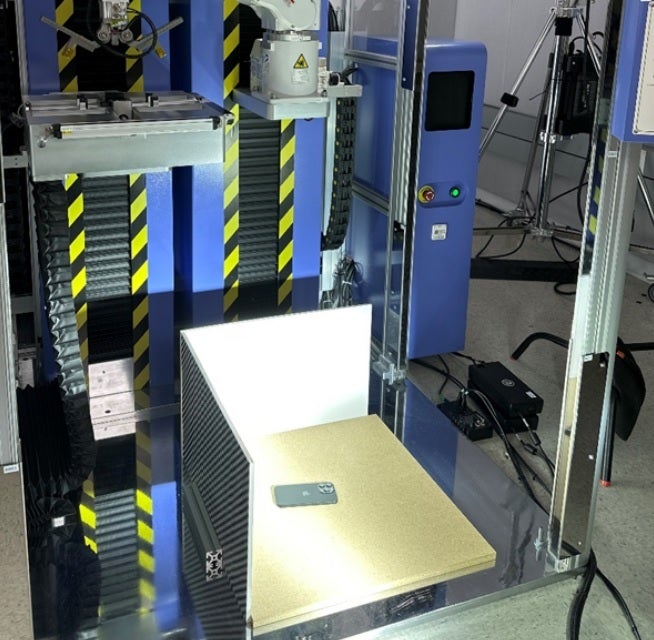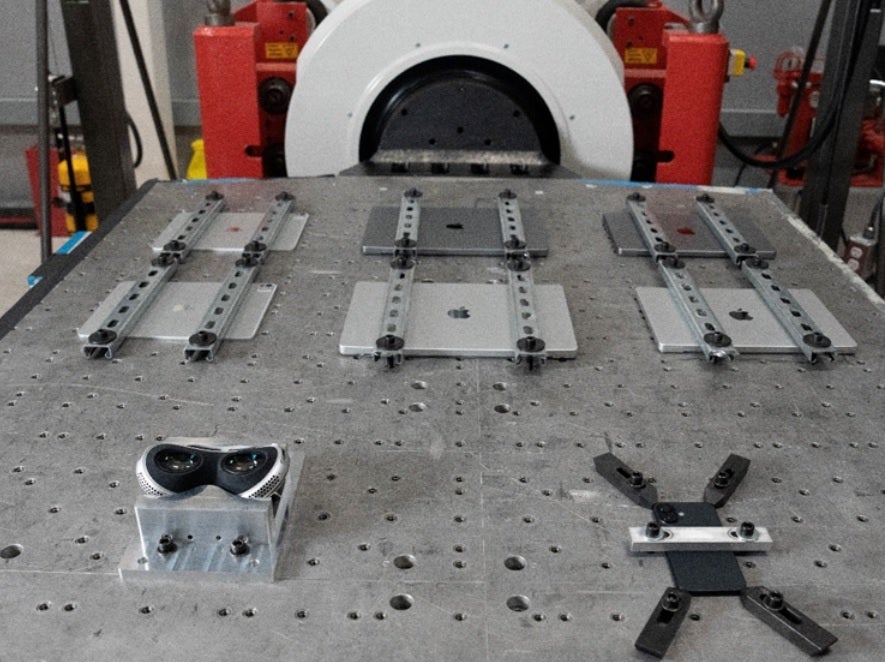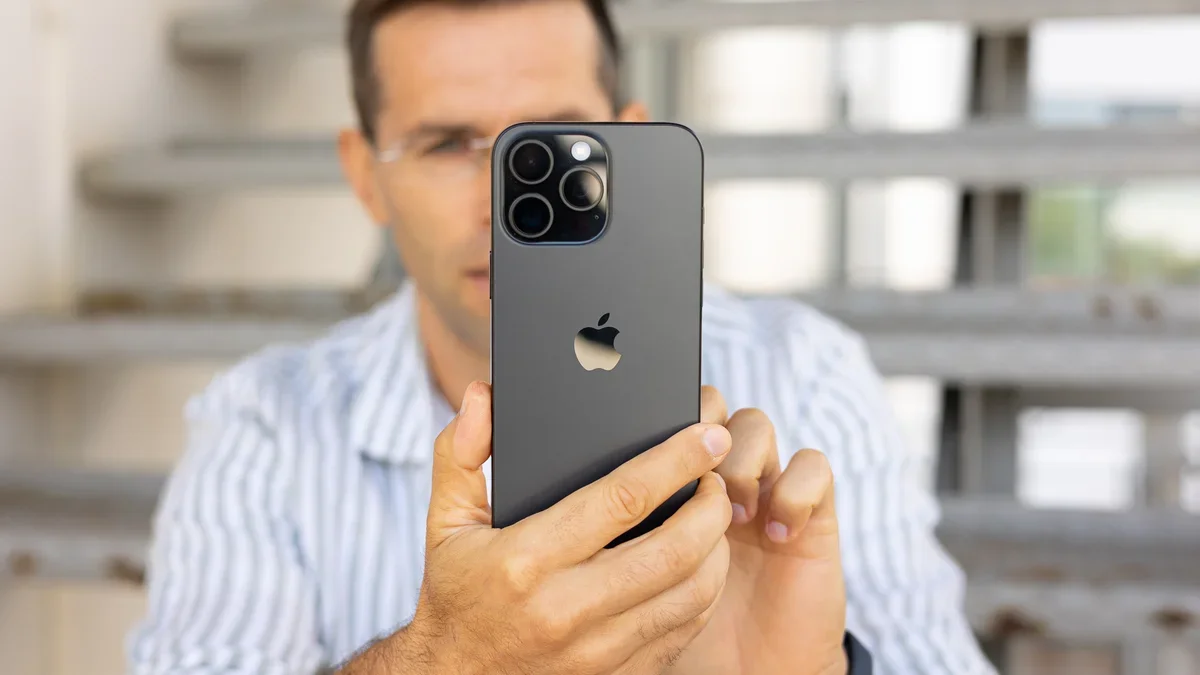According to Counterpoint, Apple has 200 durability labs that it uses to put hardware through extremely rough tests to make sure that products like the iPhone can survive real-life usage. It's these tests that are run inside the labs that allow iPhone units to retain 40% more value than Android phones in the market for refurbished devices. Counterpoint also points out that the iPhone owns a 56% share of the global refurbished smartphone market.
How Apple tests its devices to see how they hold up against water, drops, vibrations and more
It's not just the iPhone that holds more value than its rival, non-Apple devices. Counterpoint says that similar performance is seen with other products such as the Mac, iPad, Apple Watch, and AirPods. Counterpoint took notes of what it saw during its walk through one of Apple's durability labs. The first tests that Counterpoint mentioned covered how these products would hold up in different environments.

With Apple devices available in over 175 countries, the company tests how warm and humid conditions affect its products. Counterpoint spotted a test to see how 100 hours of exposure to salt affects Apple devices. Apple also exposes Apple products to sand from the Arizona desert to see how the iPhone responds when fine sand particles find a home inside the iPhone's speaker grille or charging port. Other tests used artificial versions of sweat and earwax created in the lab to see how these products hold up to constant exposure of the real things.

Many of you are probably interested in learning how Apple tests its products to determines how they hold up to liquid and water exposure. In its labs, Apple simulates rain and other conditions that reveal the level of water resistance on individual products. First is the drip ceiling test which might not be actual rain, but is an incredible simulation. If the device passes this test, it is eligible for an IP X5 rating. The X means that the product has not been tested for dust resistance.

The next test measures how Apple's devices stand up to high pressure water jets from a distance. Passing this test gives this product an IP X6 rating. Apple tests for IPX7 and IPX8 ratings by using a pressurized tank simulating water depths of up to one meter and six meters, respectively. While this protection is valid for iPhones being submerged in clear water, the company tests other liquids, including sodas, juices, sunscreens, and perfumes.
The maximum IP score available on the most recently released iPhone 16 series is the IP68 Ingress Protection rating for the iPhone 16 Pro and iPhone 16 Pro Max. This rating means that these handsets are impervious to dust and can be submerged in up to over 19 feet of clear liquid for up to 30 minutes.
The drop test might be the most visually interesting test to view
The next series of tests measures how Apple products respond to drops. Counterpoint says that an "accidental drop" is among the top three reasons why a phone needs to be repaired. Counterpoint saw tests "simulating a variety of randomized, accidental drops that Apple products may experience in everyday use." To help with the drop tests. Apple has created a klutzy robot that drops devices at various angles and on various surfaces including asphalt, particle, and granite boards. Each drop is analyzed by Apple using a special app used by company engineers.
The last test measures how Apple devices stand up to vibrations. Products are placed on a table that recreates the different types of vibrations that these products might face in transit or during other conditions.
Counterpoint says that it was impressed with Apple's attention to detail, along with the large number of iPhone units tested before launch. The report says that Apple will test at least 10,000 handsets before unveiling the latest models. The iPhone 17 series, expected to include the ultra-thin iPhone 17 Air, should be introduced in early September and released later that same month.
